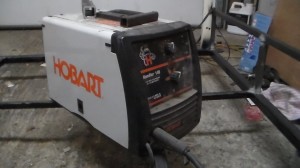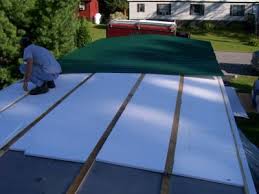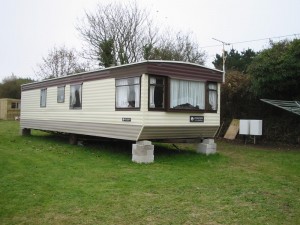Handler 140 Welder Tool For Mobile Home Roofing
Commonly referred to as the Handler 140, the product is Hobart’s most popular wire feed welder. It packs extra welding power but is built with portability in mind to make it easy for the user to transport it anywhere demanded by work.
Sets Up Easily from the Box
The welder is very user friendly in mobile home roofing. It takes only a few minutes to set it up and get it ready for use. On the inside cover, you will find a setup guide with easy-to-follow instructions so you can set up the welder properly. Even first-time welder will find it easy to prepare and use. It is also MIG ready as there is no need to buy additional kit.
Delivers Industrial Performance
Once the welder is properly set up, you will find the Handler 140 a versatile welder capable of industrial performance. It operates on 115 volt household current so you can just plug it in your home sockets and start working. To give the user complete control and create a smooth stable arc on all thickness, the tool is designed with a 5-position voltage control selector.
The Handler 140 with its industrial cast-aluminum drive system and a heavy-duty clamp system is a versatile product that is suitable for use on a variety of works, including household repairs, auto body and parts. It packs extra power allowing the welder to handle even power-demanding farm projects.
Limitless Uses and Applications
With its versatility and power, the Handler 140 is virtually limitless in its application and uses. DIY enthusiasts will find the tool perfect for do-it-yourself projects such as repairing and fixing lawn and garden equipment, tool carts, metal sculpture, trailer frames and hitches, mower decks, exhaust systems, auto body panels, fences and gun/bow racks.
Stands Out from Other Products
The differences between the Handler 140 and similar products in its category are apparent right from the time you take it out of the box. First thing you will notice is its solid construction. The body is made of stronger and thicker steel compared to thinner shells of similar tools. The wire feed assembly is composed of metal parts, unlike other welders where mostly plastic components are used. Practically every component of the Handler 140 is sturdier than other products in the market.
The package contains everything you need to start welding right away. The box comes with the Handler 140, 10-foot MIG gun with liner, 10-foot cable and clamp, 0.30 flux-cored wire sample pool, 8-inch pool adapter, dual-gauge regulator and gas hose, setup guide and owner’s manual.
We say the product is a great buy at its price and delivers high performance for welders in its category.


